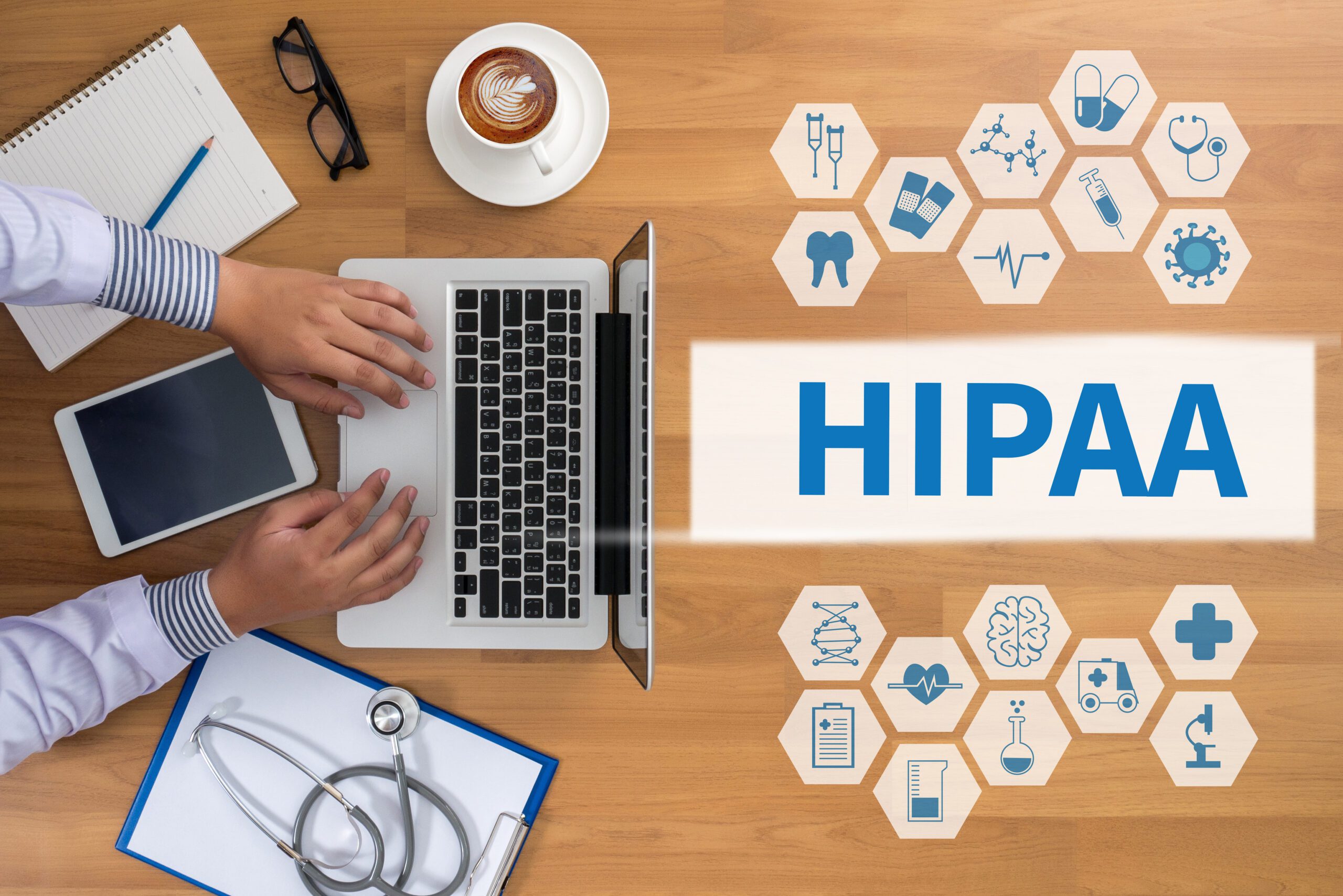Introduction
Email is an essential part of daily life, and for many healthcare professionals, it’s their primary form of communication with patients. But when sending confidential information, it’s not enough to just email your patient; you have to ensure that the communication is secure. That’s where HIPAA compliance Email comes in.
HIPAA stands for the Health Insurance Portability and Accountability Act, and it’s a law aimed at protecting patient confidentiality. It applies to all forms of healthcare communications, including email. If you don’t adhere to HIPAA rules and regulations when emailing patients, you’re putting yourself at risk of potential legal action or fines.
What Is HIPAA and Why Does It Matter?
HIPAA is a federal law that requires organizations to protect the privacy and security of protected health information. The goal of HIPAA compliance Email is to ensure the confidentiality, integrity, and availability of PHI when it is stored or transmitted electronically.
As an organization that transmits PHI via email, you need to use a secure system that safeguards against vulnerabilities like phishing attacks and malicious actors from gaining access to protected data. HIPAA also requires organizations to maintain records of all emails sent with PHI which means that you must have an email archiving solution in place to ensure compliance with these requirements.
Meeting HIPAA Compliance Requirements
It might seem like sending an email that meets HIPAA compliance requirements is a daunting task, but it doesn’t have to be. In fact, there are several simple steps you can take to ensure your emails are HIPAA compliant:
- Use secure communication protocols: Secure protocols should always be used when sending emails with protected health information (PHI). The most common protocols used for secure email communication are Secure Socket Layer (SSL) and Transport Layer Security (TLS).
- Create strong passwords and use two-factor authentication: Passwords used to access emails containing PHI should be long, complex, and unique. It is also recommended to use two-factor authentication for added security.
- Encrypt emails containing PHI: To make sure emails remain legible even if somebody intercepts them, you should encrypt them using data encryption software before sending.
By following these simple steps, you can ensure that all of your email communications with PHI remain compliant with HIPAA regulations.
Safeguarding Against Security Breaches in Email Communications
So how can you make sure your email communications are compliant with HIPAA? Here are few things you can do:
Use secure channels
Using a secure channel like an encrypted email service, is the most basic step in keeping all transmissions private and secured. A secure channel keeps outsiders from accessing the information in the transmission, even if it is intercepted by a party that shouldn’t have access.
Always use passwords and delete messages once read
Additionally, set strong passwords for your email accounts and delete sensitive messages after you read them. This way, even if someone gains access to your account with nefarious intent, they will not be able to access any information from those emails.
Invest in software solutions
There are software solutions available on the market that can help ensure HIPAA compliance for email communications. These include data loss prevention (DLP) systems that prevent confidential data from being compromised or leaked out of an organization and encryption services that encrypt all messages sent out of an organization.
Solutions for Ensuring HIPAA Compliance in Email Communications
Do you have patients whose information you need to keep secure? Do you know how to ensure HIPAA compliance with your email communications? If not, don’t stress. This article will provide some solutions that can help protect patient data and ensure HIPAA compliance when sending emails.
Use Secure Email Services
The most secure way for your team to send emails is through the use of secure email services, such as Microsoft Exchange Online or Google Business G Suite. These services offer end-to-end encryption, ensuring that patient information is kept safe and secure. In addition, these services also offer features such as message tracking and user activity logs that can help your organization ensure HIPAA compliance.
Implement Email Policies
Having an email policy in place is also essential for ensuring HIPAA compliance for your team’s email communication. This policy should clearly outline the expectations of your staff when it comes to sending emails with patient data and should include rules such as:
- Do not use clear text when transferring sensitive patient information
- Do not send any emails with confidential information unless absolutely necessary
- Always double-check recipient addresses before sending any emails
- Always encrypt any messages containing sensitive patient data
Conclusion
Overall, there is no one-size-fits-all approach to ensuring HIPAA compliance with your email communications. Whether you’re a healthcare provider or a business associate, the best approach is to be proactive and take steps to ensure your emails are kept private and secure.



































